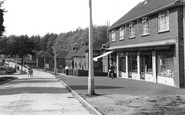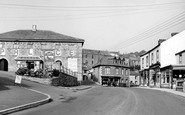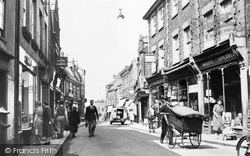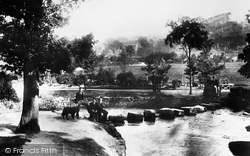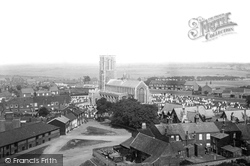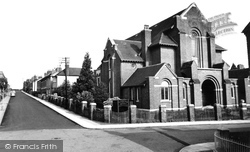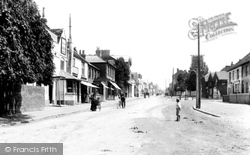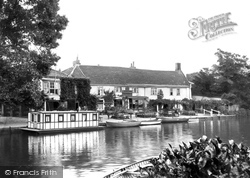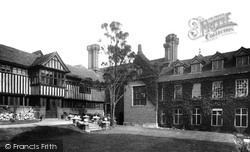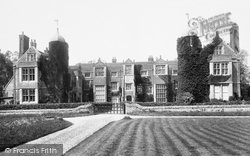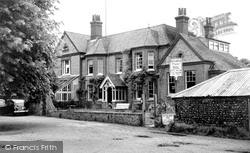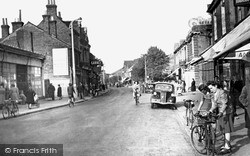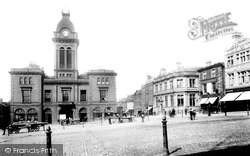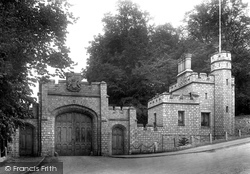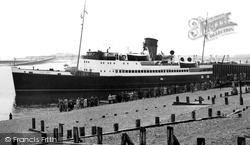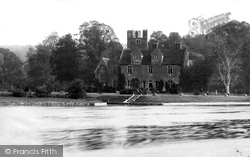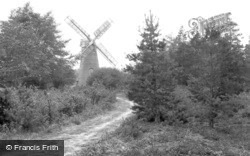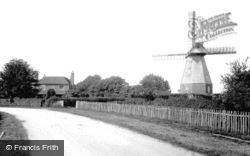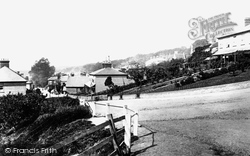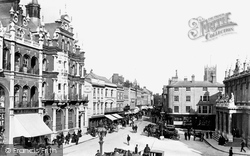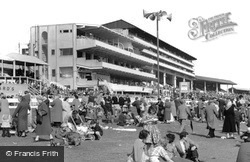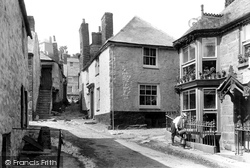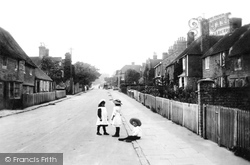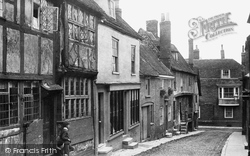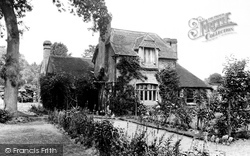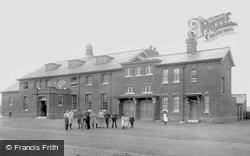Places
Sorry, no places were found that related to your search.
Photos
Sorry, no photos were found that related to your search.
Maps
Sorry, no maps were found that related to your search.
Books
Sorry, no books were found that related to your search.
Memories
655 memories found. Showing results 61 to 70.
Bomb Blast 'siding' Margaret Street/Victoria Street 2
Another memory of Treherbert Ben Thomas' recollection of January 2013, reminded me that he was not the only one who was lucky on that fateful day. A call of nature was Ben's escape, mine was a ...Read more
A memory of Treherbert by
Bomb Blast `siding` Margaret Street/Victoria Street.
I recall as a young boy of 7 or 8, that I was among a group of friends playing on the siding at the bottom of Margaret Street. We, as friends, found the bomb on the Rhigos Mountain and carried ...Read more
A memory of Treherbert in 1943 by
Born At Cothill Farm And Schooled In Duns
I was born at Cothill Farm in 1947, about 4 miles from Duns. I attended Duns Primary School and Berwickshire High School. My father (James) retired in 1965 at age 70, he and my mother located to the west ...Read more
A memory of Duns in 1965 by
Born A Blackrodian
I was actually born in the village at 328 Manchester Road and have so many happy memories of life in the village from 1962 the year I was born, until I left the area in 1978. The open fields to the rear of Manchester rd looking ...Read more
A memory of Blackrod
Born In Lower Shott
I have just discovered this wonderful website today and oh what memories come flooding back. I was born in Lower Shott in 1954 and lived there until I was about 23. I remember these shops so well. Being sent by my mum ...Read more
A memory of Great Bookham in 1960 by
Born In Palace Road, Crystal Palace Se19
I was born in Palace Road in 1959. I lived with my sisters Fay Barbara and parents John and Audrey Langford. My aunt Joan and Uncle Tom Martin owned the house and we rented the top floor flat. Because we ...Read more
A memory of Crystal Palace by
Boyhood
I was born in 1922 in Mundford where my Father was the village policeman. We had no motor car, indeed in those days there were not many people who could afford this luxury. The village was small, however it was self-contained and provided ...Read more
A memory of Mundford in 1920 by
Boyhood Memories From 1952
It was around this time that the tram lines were taken up from Sunderland Road in Gateshead. The men stored the old lines in Somerset Street and Devonshire Street. As boys we would dig up the tar from around the ...Read more
A memory of Gateshead in 1952 by
Boys Cp Schoollate 40's
When I attended the school, the headmaster was Mr. G.J. Lomer (George). He lived at Lamb Park in Par.Other masters were Messrs. Lydiatt, Bassett, Ritchie. Mr. Ritchie's punishment was a slap on the calves. There were ...Read more
A memory of St Blazey in 1940 by
Brambletye Preparatory School
Memories of Brambletye Boys Preparatory School 1967 – 1971. When I went to Brambletye at the age of nine, in September 1967, it was my fifth school in the last four years. As my parents were routinely ...Read more
A memory of Brambletye House in 1967
Captions
405 captions found. Showing results 145 to 168.
Looking west along the High Street, we see buildings which are characteristic of North Norfolk: flints set in mortar, with brick facings.
This park was laid out for the benefit of working people to give them a break from the dust and grime of industrial Sheffield.
While many houses burned down in the fire of 1659, the 15th century church of St. Edmund survived because the churchyard served as a fire break.
The brick-built Congregational church on the corner of Union Street and King Street was opened in 1912 and still flourishes, now as the United Reformed Church.
Some time during the second half of the 19th century, Bracknell became a town, helped by the coming of the railway in 1856 and the development of market gardening and brick-making.
The Rush Cutters has a late 16th-century core, evident in the octagonal brick chimneys on the right and the massive stack behind the left hip. The houseboat is a real period piece.
This splendid red-brick Tudor house was once Chillington Manor, home of the Wyatts; one of the family, Sir Thomas the younger, led the rebellion against Queen Mary's marriage to Philip of
The red-brick Tudor manor house of Kentwell Hall stands at the northern end of Long Melford. Today it is best known for the striking Tudor Rose brickwork maze set into the courtyard.
This hotel near the sea front has brick walls with flint gables and garden walling. The tall chimney pots are all the same size. A flint walled outbuilding has a corrugated steel roof.
This bustling fifties shopping scene, with a substantial and surprising number of bicycles in evidence, shows the prominent red-brick Post Office on the left standing out against its rather dingy neighbouring
The Italianate, red brick Market Hall with its imposing clock tower was built in 1857, and still forms the centrepiece of the town's lively regular outdoor market.
Wyatt clad the brick house in the local hard granite- like Denner Hill Stone and gothicised the house with turrets and battlements.
The first 'King Orry' paddle steamer was built in 1842 by shipbuilders Aitken & Napier and sold in 1858. 'King Orry II', built by R Duncan & Company, was launched in 1871.
This splendid photograph shows Bisham Abbey overlooking a scenic stretch of the Thames.
Hurt Wood Mill is a small brick tower mill with four patent sails and a fantail. It is located on a remote hilltop surrounded by woodland. The mill has now been converted into a private house.
This is a Kentish white weatherboarded smock mill with a two-storey octagonal brick base, powered by four eliptic spring sails and winded by a fantail. It has now gone, and the site is built over.
Essex lacks natural rock so skills in the use of wood and brick-making have been well developed over the centuries.Attractive wrought iron fencing surrounds the long gardens on the right.
On the left is the red brick and stone Lloyds Bank building, with its fretted skyline, while to the right is the neo-classical Post Office, built in 1881.
Loyal enthusiasm reached a peak with Queen Elizabeth II's arrival at the Derby, but spectators' loyalties were divided between the two horses that fought out the finish.
Here we see a corner in the old part of the fishing village, with a Victorian granite house added on the right. Flower pots are all around the upper bay window ledge.
Three small children play on the long village street leading up the hill to the church, lined with well-kept red-brick and timbered cottages and neat gardens, and with the Swan public house halfway along
Thomas House, the timber-framed building on the left, has been well restored, while the corner house was replaced in 1920 by a brick and tile-hung Neo-Georgian Lloyds Bank, a most attractive building fronting
The spire, a timber one added in 1702, was replaced by the present low tiled pyramid in 1924, for the visual benefit of the church.
Here we see the brick-built army buildings of this military settlement in Surrey's army quarter on the high heathlands of the north west of the county.
Places (0)
Photos (0)
Memories (655)
Books (0)
Maps (0)

